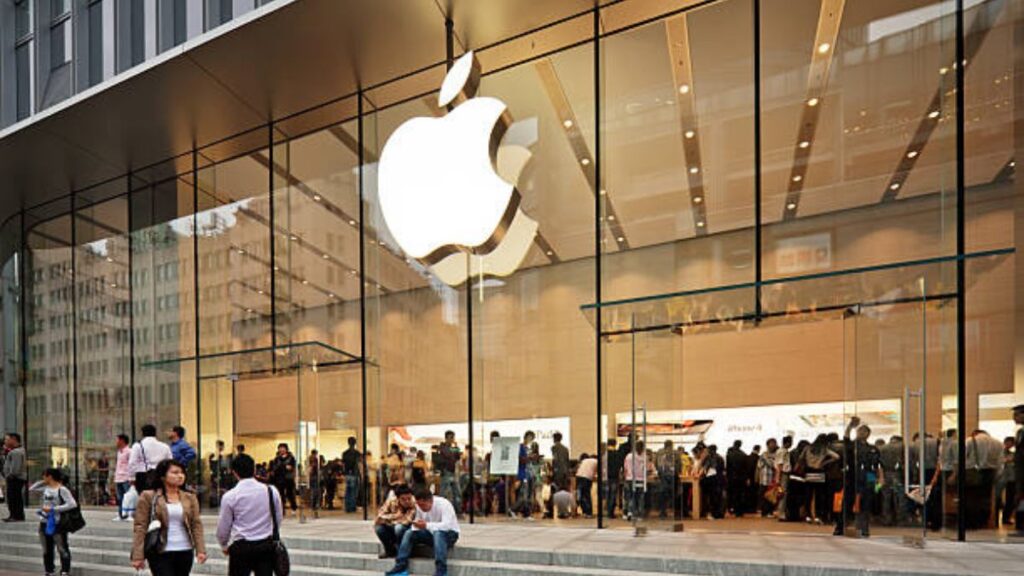A group of three men stopped at the International Space Station on Friday after a plane in honor of the 60th anniversary of Soviet astronaut Yuri Gagarin became the first man in space.
Soyuz’s pill held by Rososcosmos scientists Oleg Novitsky and Pyotr Dubrov and NASA astronaut Mark Vande Hei arrived at 1105 GMT (4:35 pm IST), images broadcast by NASA TV.
“Someone’s in touch!” Russian company Roscosmos wrote on Twitter.
“Hello, Expedition 64 – set the dinner table … I can’t wait to join you at @ Space_Station in a few hours!” Vande Hei wrote a tweet to crew members who were on the ship for hours at ISS hours before the explosion.
The launch came just before Monday’s celebration of Gagarin’s historic flight on April 12, 1961.
Reminders of his success were everywhere at the Baikonur cosmodrome in Russia in Kazakhstan as Novitsky, Dubrov and Vande Hei prepared for their half-year mission inside the orbital board.
The Soyuz MS-18 spacecraft aboard the trio is named after the famous astronaut and a picture of Gagarin has been added.
Gagarin also appeared several times at a traditional pre-flight media conference on Thursday, where staff members were asked how they planned to celebrate the anniversary once in space.
“We’re going to celebrate it together,” said Dubrov, 43, who is flying in space for the first time. “And we’ll work hard!”
Friday’s blast came from a different presentation paper than Gagarin’s one-stop shop, which saw him spend 108 minutes on the sidelines.
Hard times
Last used in 2019, the Gagarin launchpad is being developed to prepare for the new generation of Soyuz rockets and is expected to return to sin by 2023.
Gagarin’s aim was to break the Soviet Union’s propaganda and to win the space race with the West, which became one of the most exciting episodes of the Cold War.
But the commemoration comes at a critical time in Russia’s aerospace industry, which has faced many challenges in recent years, from the scandal of corruption in the industry to the seizure of the 2018 machine-made emissions.
Perhaps most importantly, Roscosmos and Baikonur last year lost their ability to handle the ISS-launched launch, as reusable rockets from Elon Musk’s Space X brought NASA spacecraft into space from American soil.
The emergence of commercial rivals has left Roscosmos in financial trouble – INASA has paid the company tens of millions of dollars for each seat to astronauts sent to the ISS.
Russian space authorities are still talking about new businesses, including retrieving samples from Venus and building a rocket capable of making 100 space travels.
However, the local budget is declining year after year as President Vladimir Putin puts the military budget first.
Dense space station
The gap has marked an unusual area of cooperation between Russia and the West amid rising world tensions.
But the ISS project, which began in 2000, is expected to retire before the end of this decade.
While it is rumored that NASA and Roscosmos are heading in different directions as the space station goes down, crews have emphasized the importance of good relations with the ongoing progress.
“When we started we were competitive and it was one of the reasons we were successful at the start of the human flight,” said Vande Hei, who joked about the haircut he had given himself while in solitary confinement before the second mission inside the ISS.
“As time went on we saw that we could achieve a bit of co-operation … I hope that will continue in the future.”
The ISS, which is usually home to six people at a time, is expected to be fully occupied next week, with seven astronauts and astronauts before the three arrive.
NASA’s Kate Rubins and Russian astronaut Sergei Ryzhikov, and Sergei Kud-Sverchkov are expected to return to the space station on April 17.



